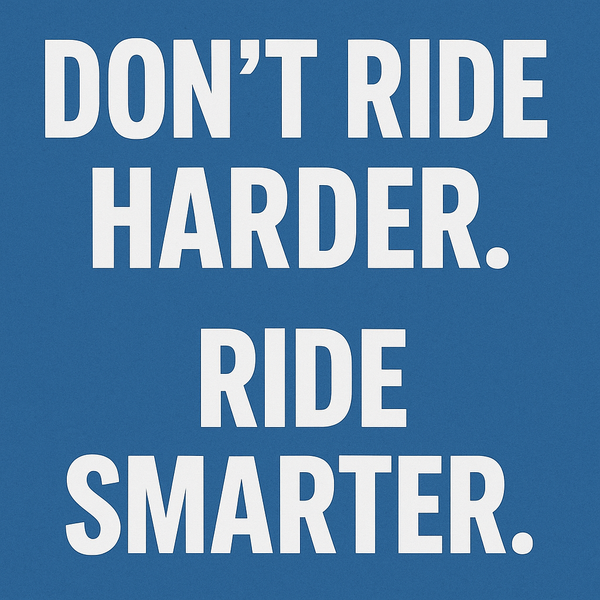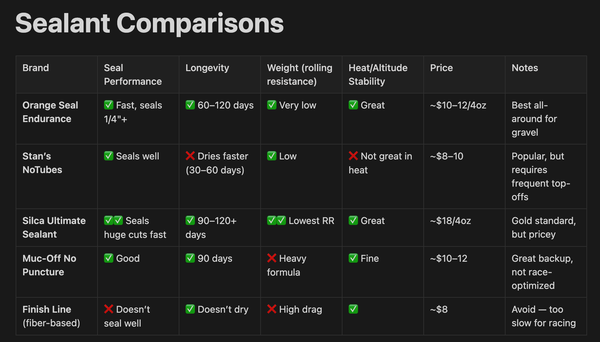The TreadDead Rack™ A Novel Approach to Repurposing Treadmills as Bicycle Storage in the Home
Abstract
We’ve all been there: you buy a treadmill full of good intentions, only to find it doubling as a very heavy clothes rack and a dust collector. If treadmills were gym memberships, many would be labeled "unused and expired." But why let these hulking beasts languish in the corner? This essay proposes turning your old, neglected treadmill into something truly revolutionary—a bicycle rack! Yes, before you cast it to the curb or curse your lack of discipline, consider this novel, space-saving, and eco-friendly reimagining of treadmill utility. Because if life gives you lemons, why not use them as bike hooks too?
Introduction
In recent years, home fitness solutions have gained prominence, notably through increased sales of treadmills stemming from pandemic-driven lifestyle changes and enduring health trends. Despite this surge, many treadmills ultimately become dormant fixtures, collecting dust in spare rooms, garages, or basements. Research and anecdotal evidence reveal that treadmills are particularly prone to falling into disuse, raising questions about how these large, sturdy, and often cumbersome machines might be put to better use within the domestic environment. This paper proposes a novel approach: transforming unused treadmills into efficient and accessible home bicycle storage stations.
The Problem: Unused Treadmills in the Modern Home
Treadmills are often purchased in the hope of supporting regular exercise, but various motivational, logistical, and psychological barriers contribute to rapid attrition in their use. According to discussions among treadmill owners and commentators, many treadmills end up as makeshift storage surfaces or simply occupy space for years without serving their original function. Besides being costly and difficult to move, unused treadmills present a spatial challenge, especially in urban settings where maximizing floor utility is crucial.
“People buy them because they think they're going to use them, or they do actually use them for a period of time, but then stop... they're heavy and hard to get rid of. So, they hang out, taking up space, but unused.”
A Novel Solution: Converting Treadmills into Bicycle Storage
Conceptual Overview
The central idea is to repurpose an unused treadmill by transforming it into a dedicated bicycle storage rack. The treadmill’s sturdy frame and horizontal running deck provide a stable base for supporting multiple bikes, keeping them upright and secure. This not only leverages the treadmill’s durability but also solves the dual challenge of bike storage and treadmill redundancy.
Picture that beast you were too tired to use after grabbing your keys—now proudly holding your bicycles, possibly earning more daily “exercise” than it ever did on its own belt!
Proposed Implementation
- PreparationUnplug and clear the running deck. If possible, fold and lock the treadmill upright, creating vertical storage to save even more floor space.
- Hardware AdaptationAttach sturdy, angled hooks or padded hangers to the handrails or frame. These hooks hold bike wheels securely, preventing scratches or falls.
- Safety & AccessibilityUse foam padding on sharp edges and ensure all hooks are stable. Stabilize the treadmill with wedges if placed on uneven floors.
- Accessory StorageRepurpose consoles or holders for helmets, gloves, or other cycling accessories.
Advantages
- Turns a dust-collecting dinosaur into a functional asset.
- Saves space without buying new racks.
- Adds eco-friendly flair by extending the treadmill’s life.
- May spark conversation: “Is that a bike rack or the ghost of your 2024 fitness goals?”
Supporting Evidence: Treadmills as Underused Equipment
A substantial body of evidence supports the notion that a large proportion of treadmills are little used after purchase. For instance, forum posts and online discussions are rife with reports of treadmills that become secondary storage surfaces. Market analyses reveal that while treadmill purchases remain robust, actual engagement—the consistent use of these machines for their intended purpose—often declines rapidly over time. This disuse is compounded by logistical challenges in discarding or selling a treadmill, as their size and weight deter easy disposal.
Discussion
The proposed bike storage solution addresses the dual challenge of optimizing home organization and repurposing underutilized equipment. With minimal investment, households can transform a symbol of aspirational (but unmet) fitness into a resource for active transportation and recreation. This adaptation exemplifies a pragmatic, sustainable approach to everyday problems, combining resourcefulness with an understanding of common behavioral patterns among home fitness consumers.
Conclusion
Treadmills occupy a peculiar place in the landscape of home exercise equipment: highly purchased, frequently underused, and notoriously difficult to get rid of. Repurposing these machines as practical, space-saving bike storage solutions capitalizes on their robust construction and ubiquity. Not only does this approach mitigate clutter and wasted space, but it also embodies a broader ethos of adaptive reuse within the home, offering fresh possibilities for owners of dormant fitness gear. Next time your treadmill starts whining silently in the corner, remember—it might just want to hold your bike instead.
References
Grammarly. (2023, January 24). How to format an APA reference page. https://www.grammarly.com/blog/citations/reference-page/
Purdue Online Writing Lab. (2018, January 1). Reference list: Basic rules. https://owl.purdue.edu/owl/research_and_citation/apa_style/apa_formatting_and_style_guide/reference_list_basic_rules.html
Scribbr. (n.d.). Setting up the APA reference page | Formatting & references (Examples). https://www.scribbr.com/apa-style/apa-reference-page/
UAGC Writing Center. (2020, January 28). APA: Formatting your references list. https://writingcenter.uagc.edu/format-your-reference-list
Sources



